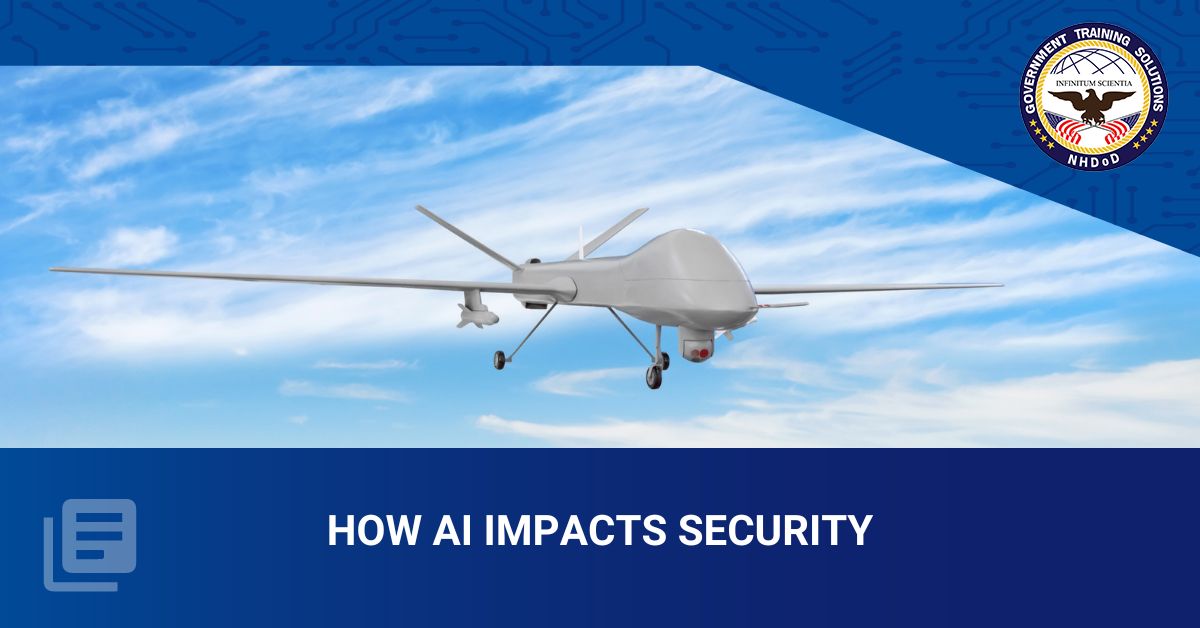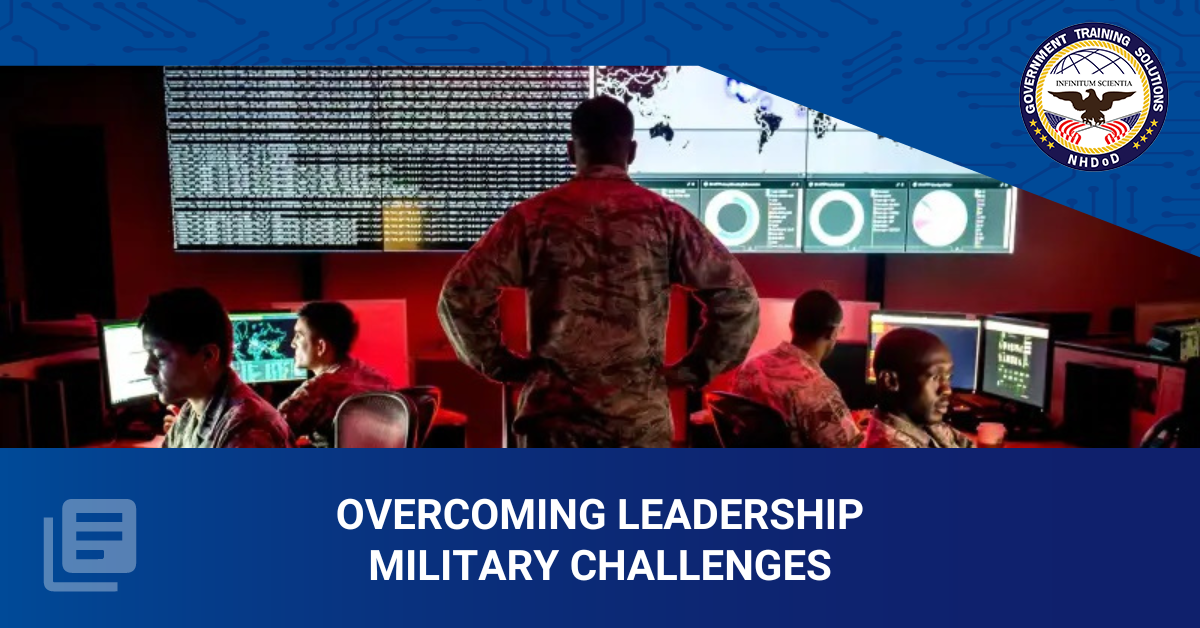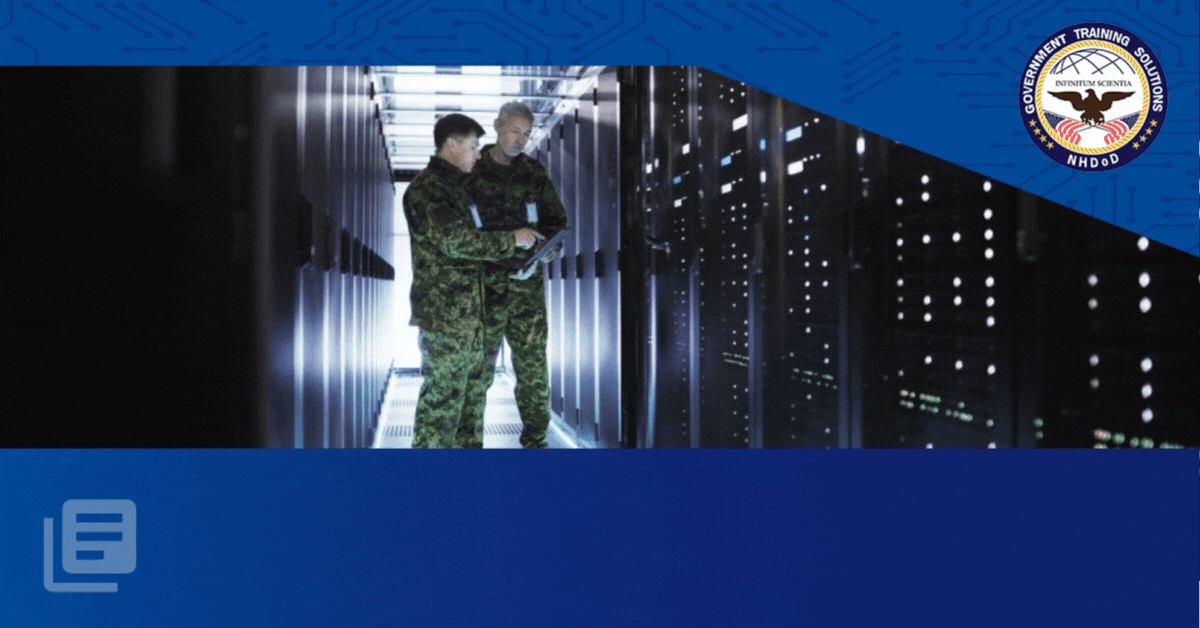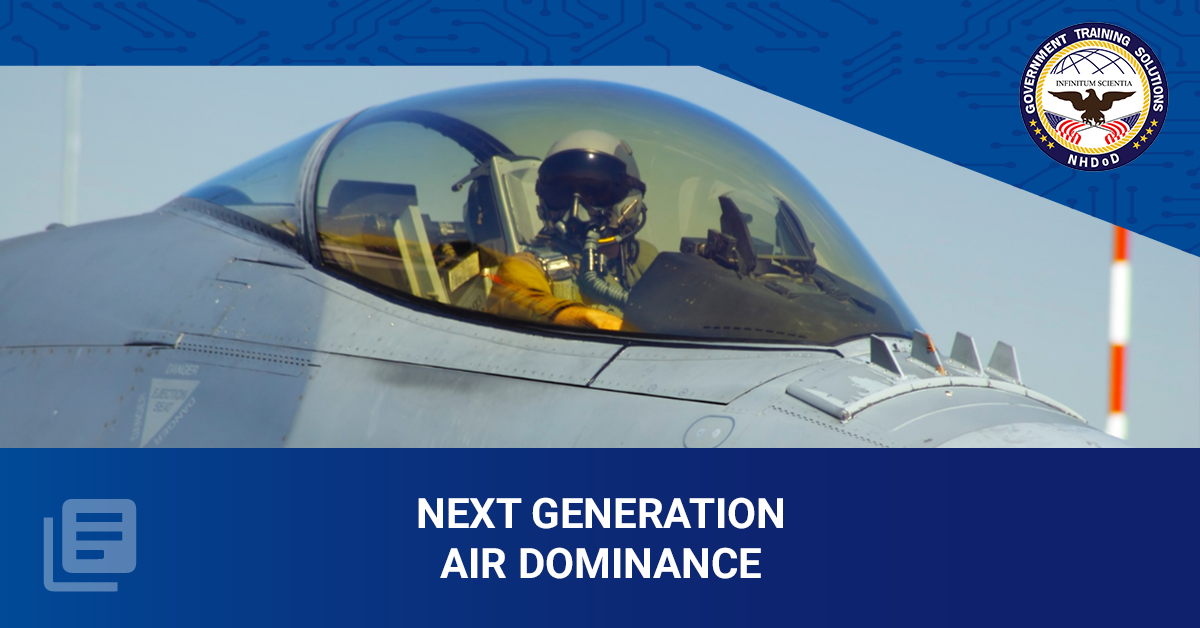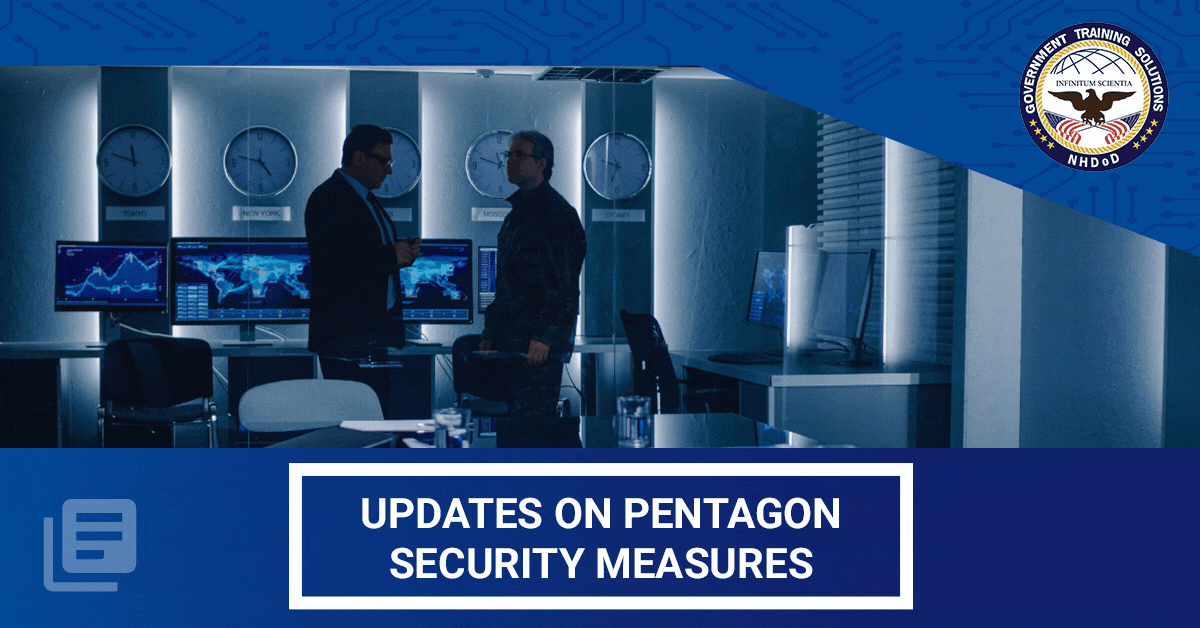Pentagon - 9/30/2022
Modern Warfare- Killer Robots: Beyond Artificial Intelligence
How AI impacts security, military affairs
For too long, the conversation on AI and militaries has been narrowly focused on autonomous weapons and the ethical issues that come with them. The time is ripe to take stock of the myriad of other ways that AI will impact security and military affairs. Just as AI is dramatically changing a range of sectors in the civilian world, improving efficiency, reducing costs, and automating processes, there is no reason to believe that militaries, too, will not be joining the AI revolution.
Israel is a world leader in developing autonomous military capabilities, from Iron Dome interceptors to unmanned aerial vehicles to ground-based platforms – though all currently rely on human approval before kinetic firepower can be activated, in line with the values of the Israeli defense establishment.

